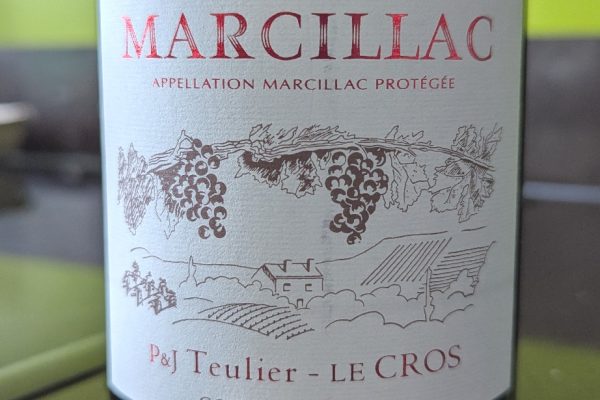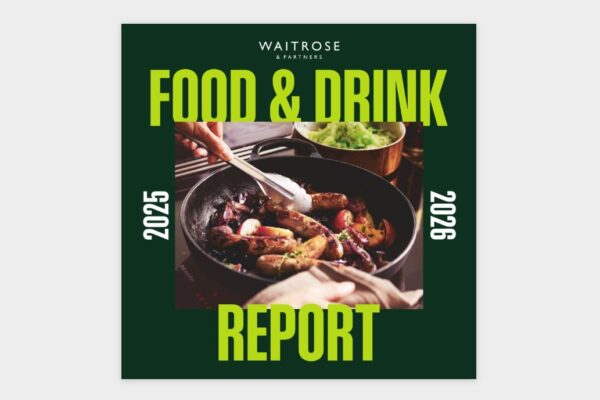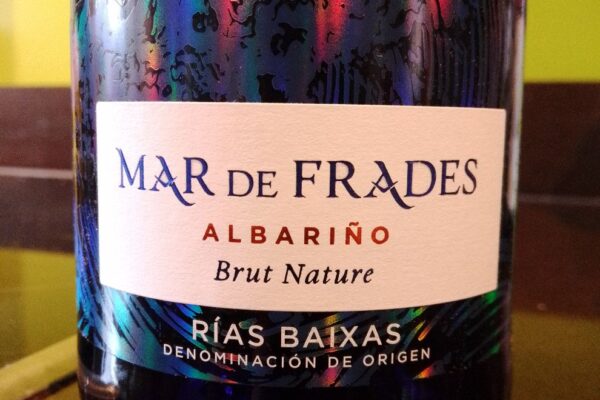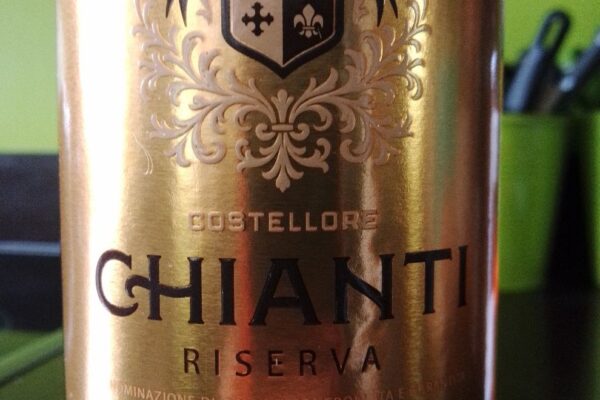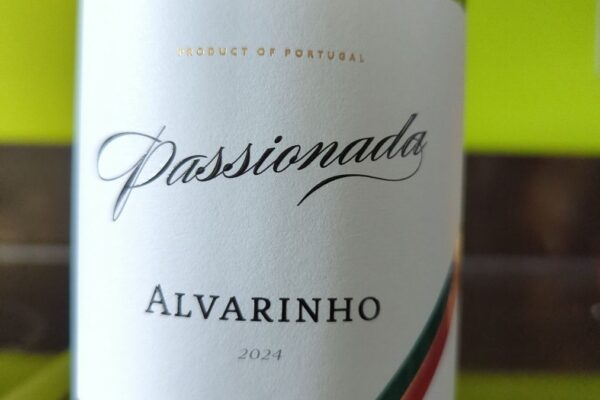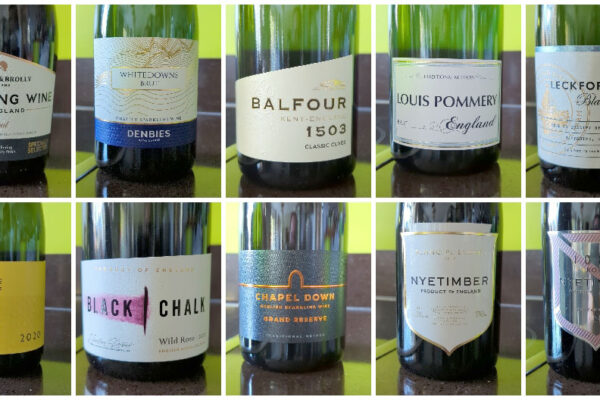
The Charmat method, also known as the tank method or cuve close, is a sparkling wine production technique used to create effervescent wines like Prosecco. This method takes its name from its inventor, Eugène Charmat, a French winemaker who developed the process in the early 20th century.
In the Charmat method, a still base wine is initially made through grape fermentation. Subsequently, the base wine is transferred to a pressurised stainless steel tank, where yeast and sugar are added to induce a second fermentation, resulting in the production of carbon dioxide, which is trapped in the closed tank to carbonate the wine. Following this, the wine is left to age in the tank for a period, typically a few months, allowing the bubbles to develop and integrate. The wine is filtered to remove the yeast sediment and then bottled under pressure.
This method is particularly favoured for its cost-effectiveness and efficiency in producing larger quantities of sparkling wine, quickly, and it is commonly used in regions like Prosecco in Italy and some other parts of the world.




